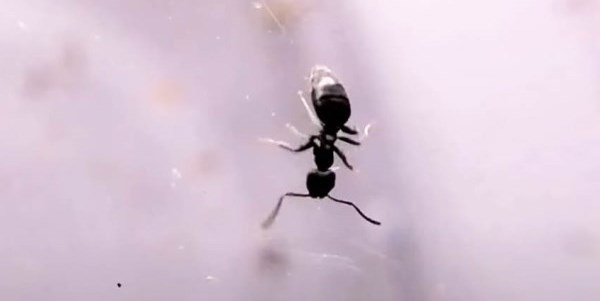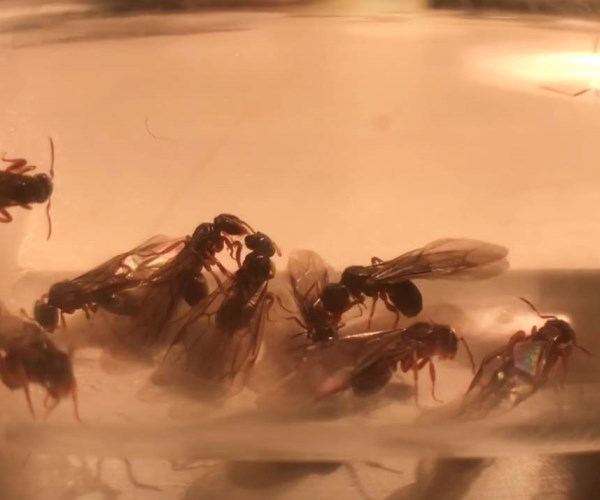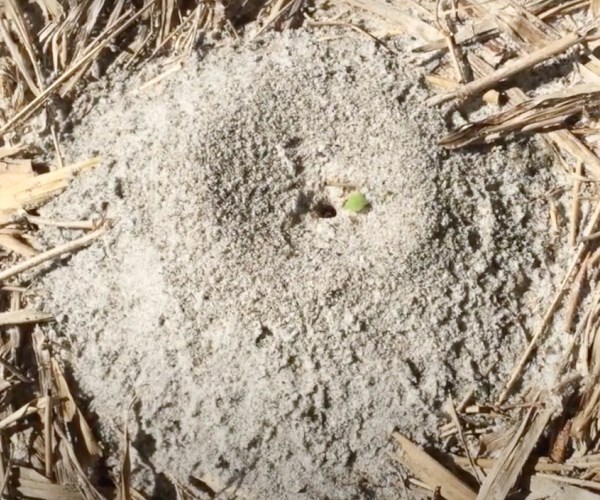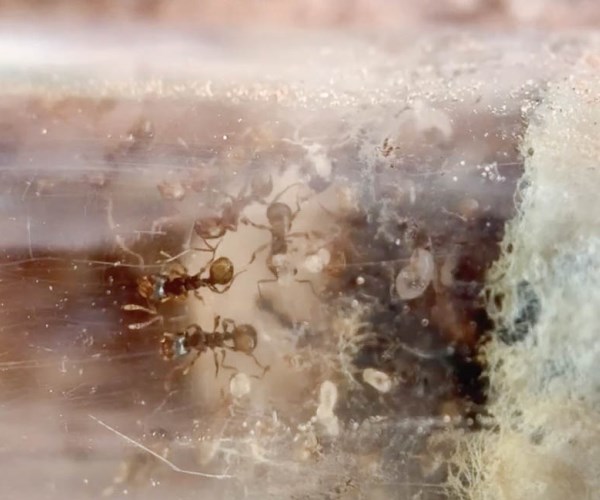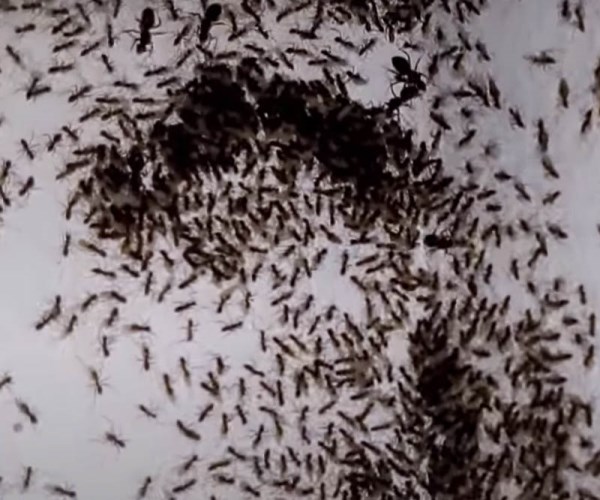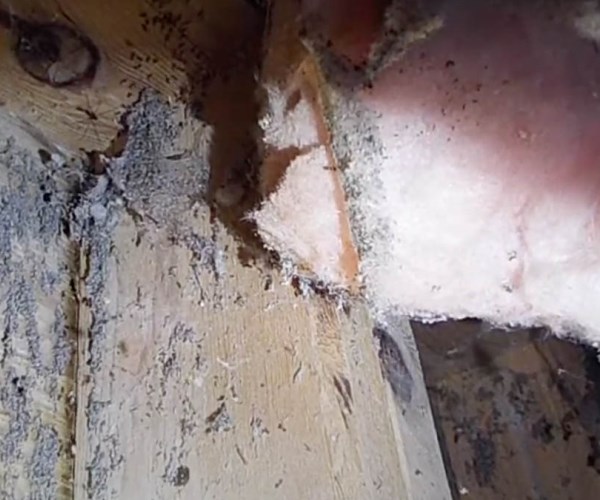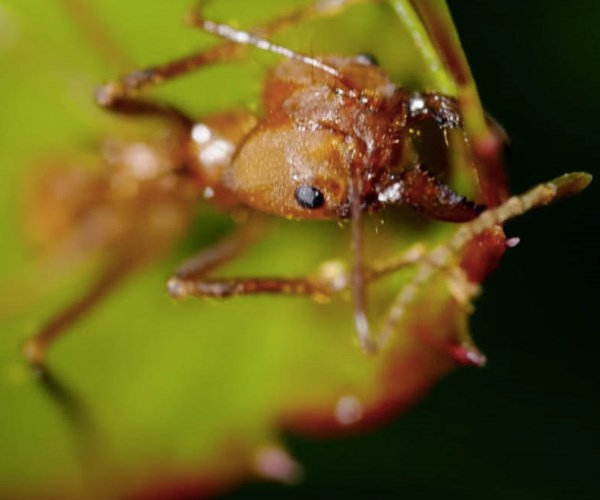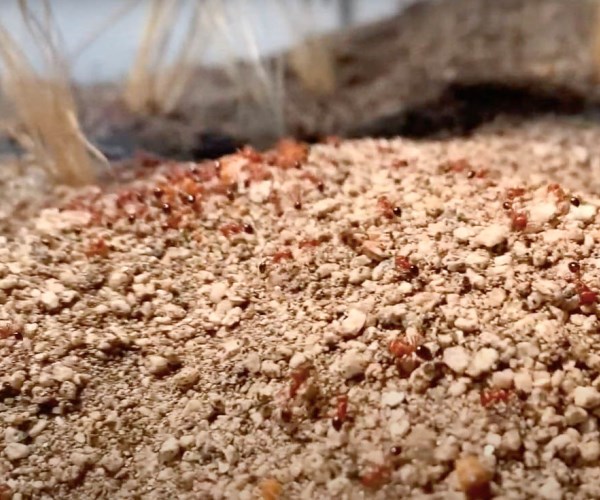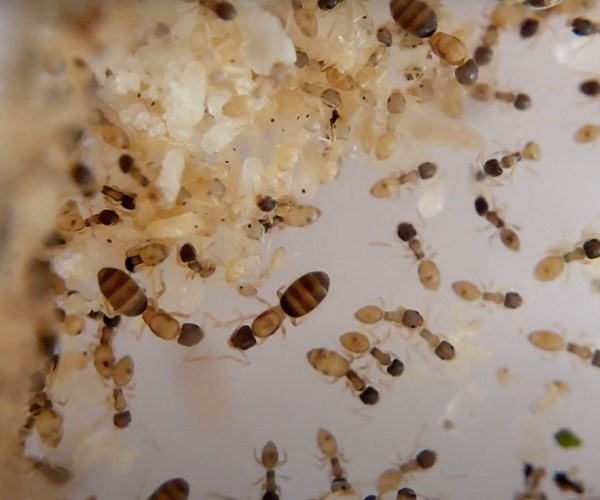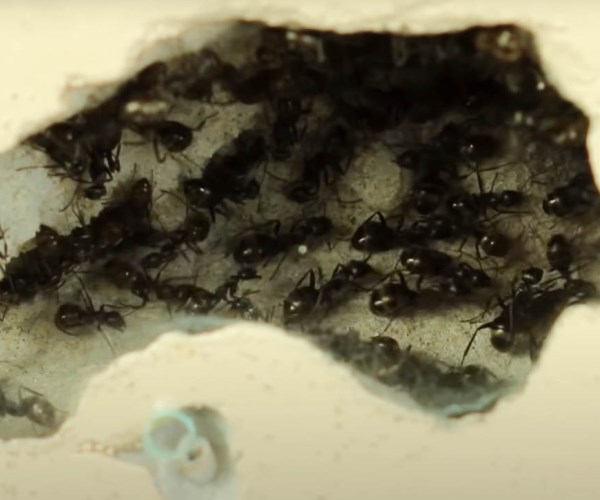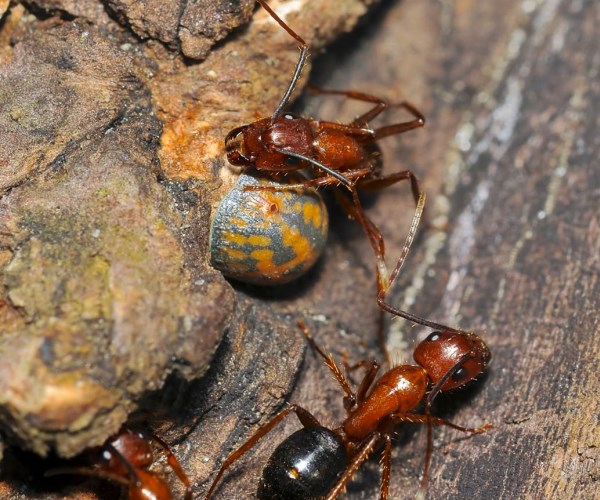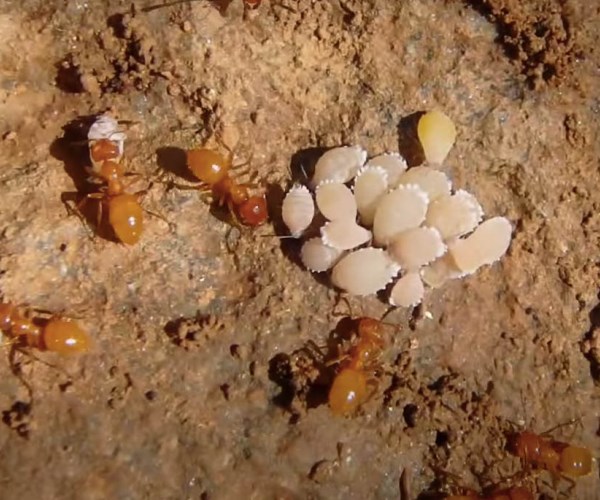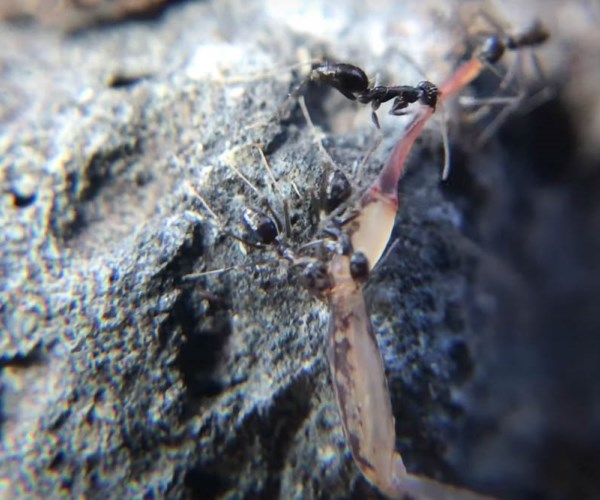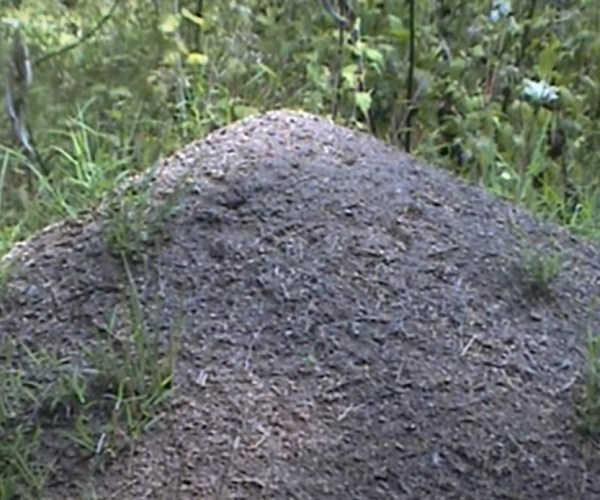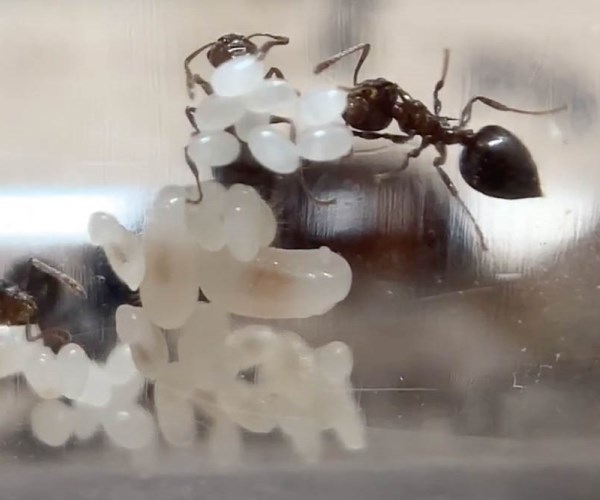About Pavement Ants
About Pavement Ants
Pavement ants make their nests underneath pavements, where they get their name from. They are common household pests.
Appearance
Notable features of pavement ants include their coloration. Their bodies are black-brown, while their legs and antennae are paler in color. Other distinguishing features of these ants include the two spines on their back and the two nodes on their petiole. The length of these ants ranges from 1/8 to 1/16 inch. The antennae of pavement ants are also segmented. They have 12-segmented antennae and a three-segmented club.
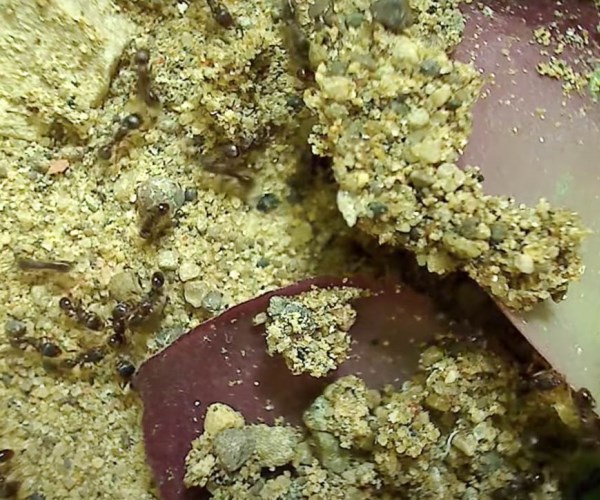
Behavior
Pavement ants live in moderately large colonies. They are found on the Atlantic coast, the west coast, and in Midwestern and southern US. The outdoor nests of pavement ants are found in areas such as underneath stones and cracks of buildings. They are also found in walls and insulations as well as under floors. Homes with slab-on-grade construction are most susceptible to pavement ant infestations because the ants can enter through cracks or any kind of opening. Expansion joints in the slab are great entry points for pavement ants.
Around homes, pavement ants nest beside and underneath patios, driveways, and sidewalks. When they nest underneath driveways and sidewalks, they cause dirt to pile on the pavement as mounds. If there are suitable entry points, the ants will enter homes in search of food and shelter.
Although they are not very aggressive, during spring, pavement ants particularly show aggressiveness towards other insects, especially ants. Leftover pet food kept indoors or outdoors particularly attracts pavement ants to homes.
Pavement ants have a diverse diet and feed on different types of food, including greasy foods that humans consume. They also eat live and dead animals as well as honeydew from insects such as aphids and mealybugs. Seeds and meat are also part of the diet of pavement ants. If they find homes to be suitable sources of food and readily accessible, they will set up trails. They may also nest in homes when the outdoor conditions become harsh.
Colonies of pavement ants have several queens and numerous workers. The swarmer’s are winged reproductive males and females who leave around July to start new colonies. The female lays eggs which hatch into workers and reproducers. Until the young ants mature, they are catered to by workers. They may also be taken to a different location because of the fluctuation of moisture level and temperature.
Damage they cause
They can infest homes in large numbers in search of food and constitute a significant nuisance. Since they live in the soil, they can be particularly difficult to control. This is why it is important to seek professional help when dealing with an infestation. Both indoor and outdoor nests are difficult to identify.
The workers and swarmer’s may be sighted indoors, for indoor and outdoor infestations. Pavement ants mostly constitute a nuisance when they infest indoor spaces like kitchens during mating swarms.
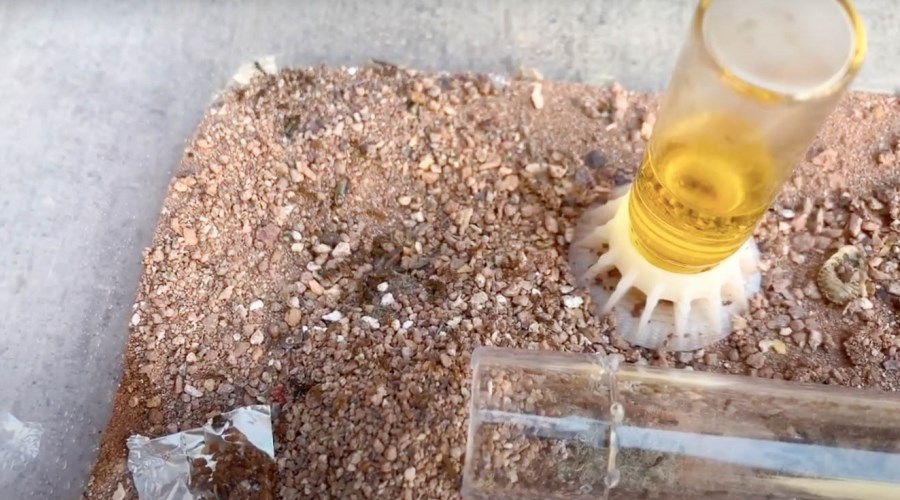
Pavement ants are typically docile. However, when they are disturbed and feel threatened, they sting. They avoid confrontation in most cases and will never sting except when absolutely necessary. The ants constitute a public health concern. When they enter homes in search of food, they contaminate food. The public health concern of pavement ants is especially related to the fact that they like human food sources and could enter homes in search of food if there are entry points. They can travel as far as 30 feet away from their nesting sites, climbing available structures to access homes.
Signs of infestation
When they forage for food in homes, they can be seen. They can also be seen when they enter homes during mating swarms.
They are most active and better identified at night. Pavement ants also move quite slowly, and their trails are found on electrical wires and plumbing pipes.
The excavated soil is another sign of a pavement ant infestation. This is especially true for when they nest underneath sidewalks and driveways. They make mounds with the excavated soils.

